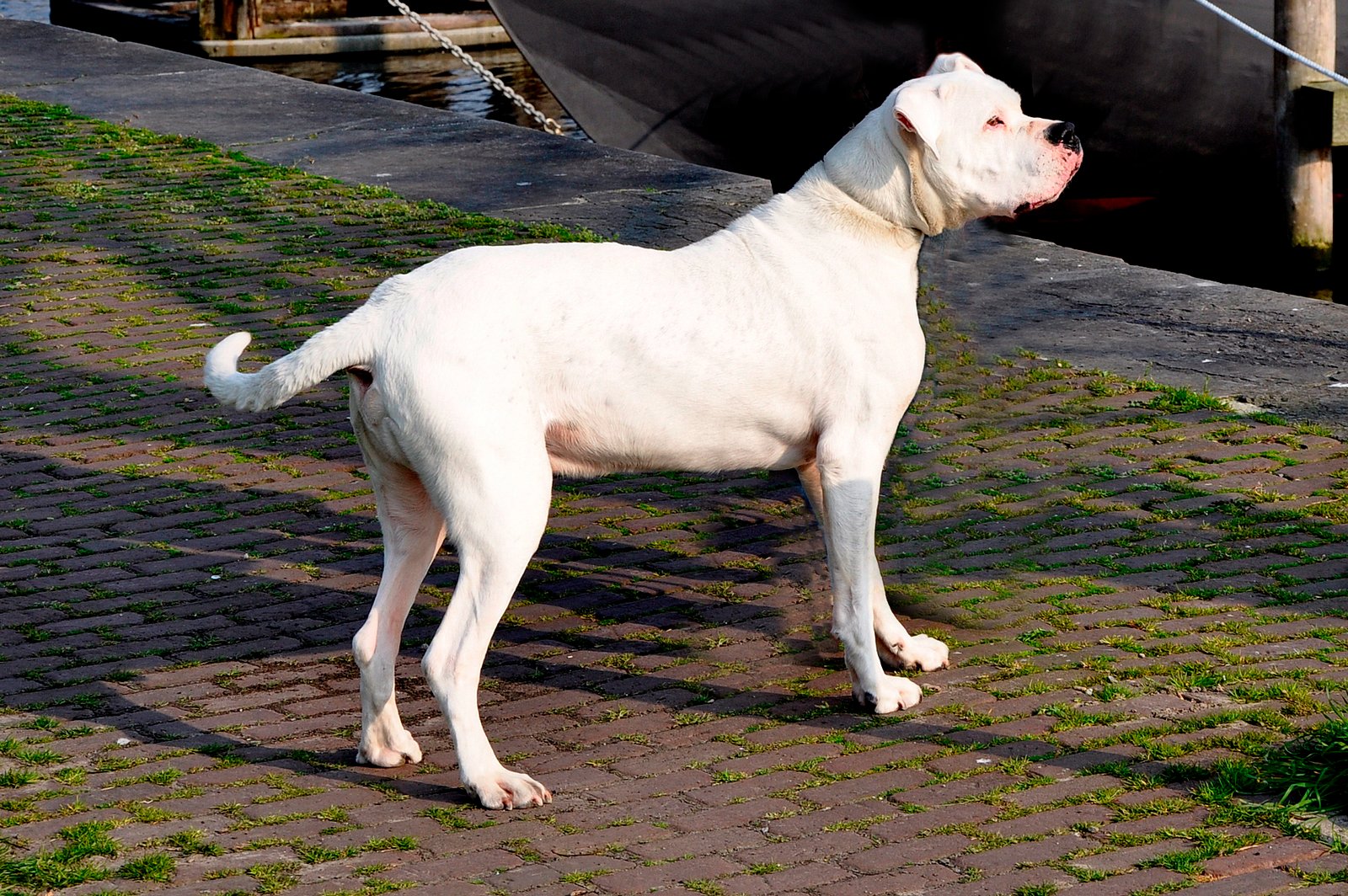Many dog lovers dream of owning a unique or majestic breed, but some dogs simply aren’t suited for the average household. The truth is, some breeds come with needs, instincts, or temperaments that can make life difficult for inexperienced owners. Not every dog breed is the right fit for every lifestyle, and that’s totally okay! Before you bring home that striking pup you saw online, it’s worth learning which breeds might be more trouble than you bargained for. Let’s dive into the world of challenging canines and discover the ten dogs most people should think twice about before making them a pet. After all, it’s about finding a furry friend that fits your home, energy, and experience level. Choosing the right pup means a happier life for both of you!
Alaskan Malamute: The Arctic Powerhouse
Alaskan Malamutes are breathtaking with their wolf-like appearance and thick, fluffy coats. Many people are drawn to their rugged looks, but few realize how much work these dogs require. Originally bred to pull heavy sleds over long distances, they have incredible stamina and energy. This means they need hours of exercise every single day—walks around the block simply won’t cut it. Without enough activity, Malamutes can become destructive, chewing up furniture or digging massive holes in the backyard. They also have a high prey drive, which makes them unsafe around small pets. Their stubborn, independent nature can make training a serious challenge, even for experienced owners. While their loyalty is fierce, their needs are simply too much for most households.
Chow Chow: The Aloof Aristocrat
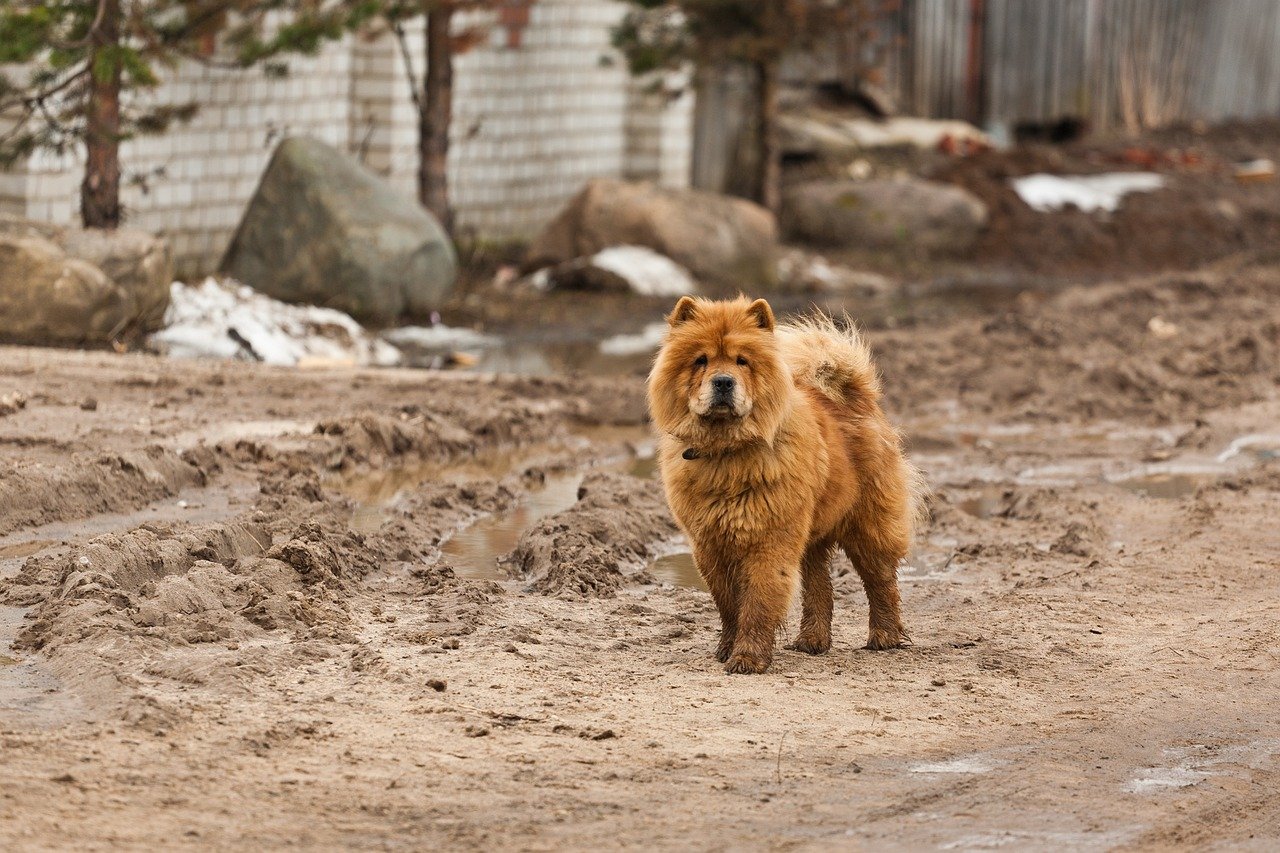
Chow Chows are undeniably striking with their lion-like manes and stoic expressions. However, beneath that fluffy exterior is a dog with a strong-willed, sometimes aloof personality. Chows are known for being fiercely independent and can be suspicious of strangers, making socialization a real hurdle. Their temperament leans more cat-like—they often don’t crave cuddles or affection the way other breeds do. For families with children or frequent visitors, this can turn into a recipe for stress or even aggression. Grooming a Chow is also a major commitment; their dense fur needs constant care to prevent matting and skin issues. Inexperienced owners are often caught off guard by how much work it takes to keep both their temperament and coat in check.
Dogo Argentino: The Powerful Protector
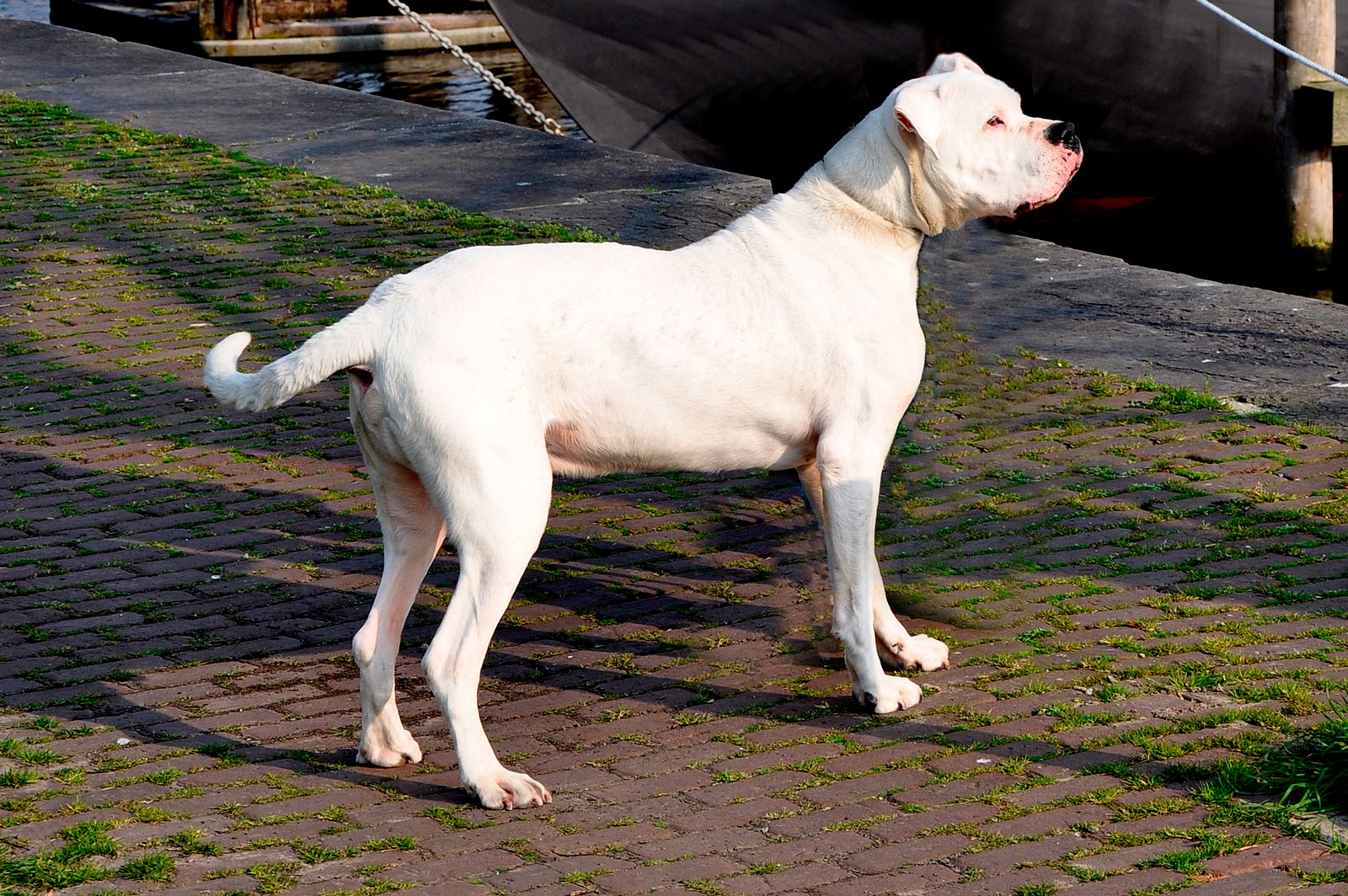
The Dogo Argentino is a muscular, imposing breed originally developed for big-game hunting. Their protective instincts run deep, and while they can be affectionate with their family, they’re often wary of strangers and other animals. Dogo Argentinos need rigorous training and socialization from an early age to keep their guarding tendencies under control. Without proper guidance, their strength and determination can quickly become a liability. In some regions, they’re even restricted by breed-specific legislation due to concerns about aggression. This is not a breed for the faint-hearted or first-time dog owners. People who underestimate their power and intensity can end up overwhelmed by their demanding personalities.
Afghan Hound: The Glamorous Sprinter
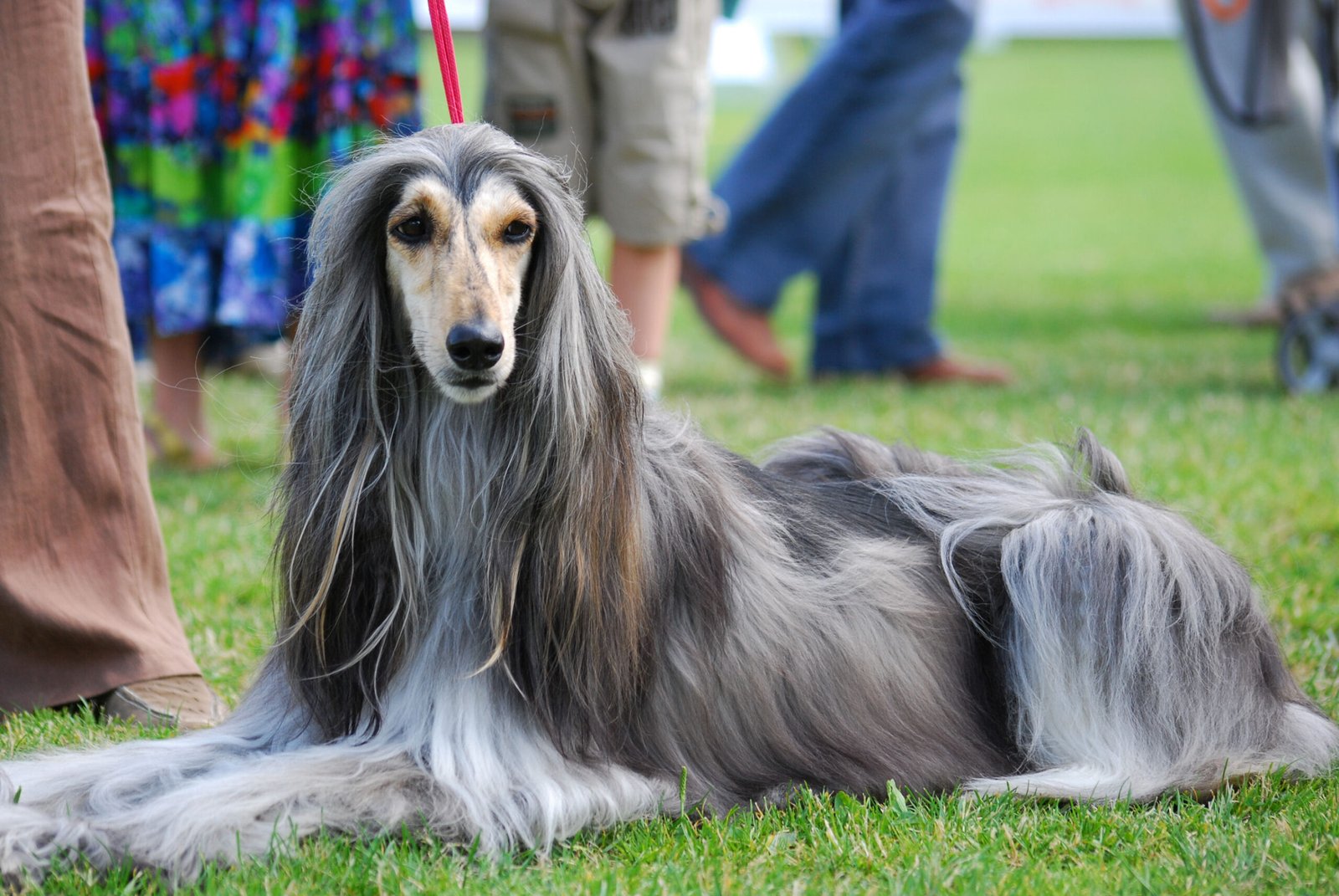
Afghan Hounds mesmerize with their silky, flowing coats and elegant stature. But don’t be fooled by their beauty—these dogs are high maintenance in more ways than one. Grooming an Afghan Hound is a time-consuming daily task, as their hair tangles easily and collects debris. Beyond their looks, Afghans are notorious for their independent, sometimes aloof nature. They can be stubborn to train, often ignoring commands if they don’t see the point. Their athletic build means they need plenty of room to run and exercise, or they’ll become bored and restless. If you’re looking for a loyal shadow who’s eager to please, this isn’t the breed for you. Their aristocratic attitude can leave owners feeling more like staff than family.
Dalmatian: The Spotted Dynamo
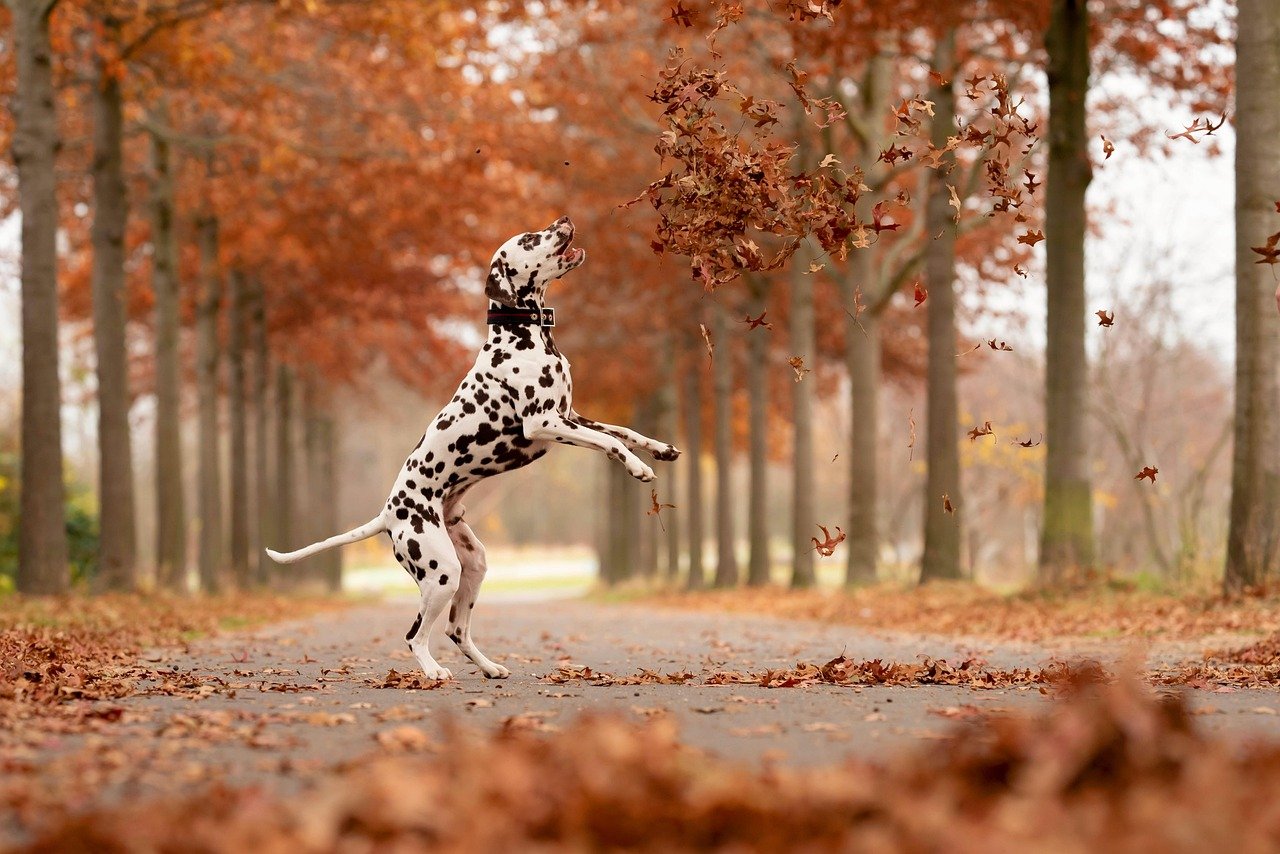
Dalmatians burst onto the scene as a result of movies and TV, but their charming looks mask a high-energy, sometimes difficult breed. Bred as carriage dogs, Dalmatians have an endless supply of energy and require vigorous daily exercise to stay happy. Without enough activity, they can develop behavioral issues like hyperactivity or even aggression. They’re also known for being sensitive and sometimes stubborn, which can make training frustrating for novice owners. Dalmatians are prone to health problems, especially deafness and urinary issues, which can add up to significant vet bills and heartbreak. Their tendency to shed heavily year-round is another surprise that many unprepared owners find overwhelming.
Akita: The Silent Samurai
Akitas are dignified, loyal, and often described as “one-person dogs.” Their devotion is legendary, but so is their aloofness with strangers and dominant demeanor. Akitas require an experienced, confident handler who can establish clear boundaries from day one. They’re known for being territorial, and can become aggressive towards other dogs—especially those of the same sex. Socialization is absolutely critical, and even then, some Akitas never fully accept outsiders. Their thick double coats also require regular grooming, and they shed heavily a couple of times a year. For families with young children, small pets, or frequent guests, an Akita can be a risky addition to the home.
Siberian Husky: The Escape Artist
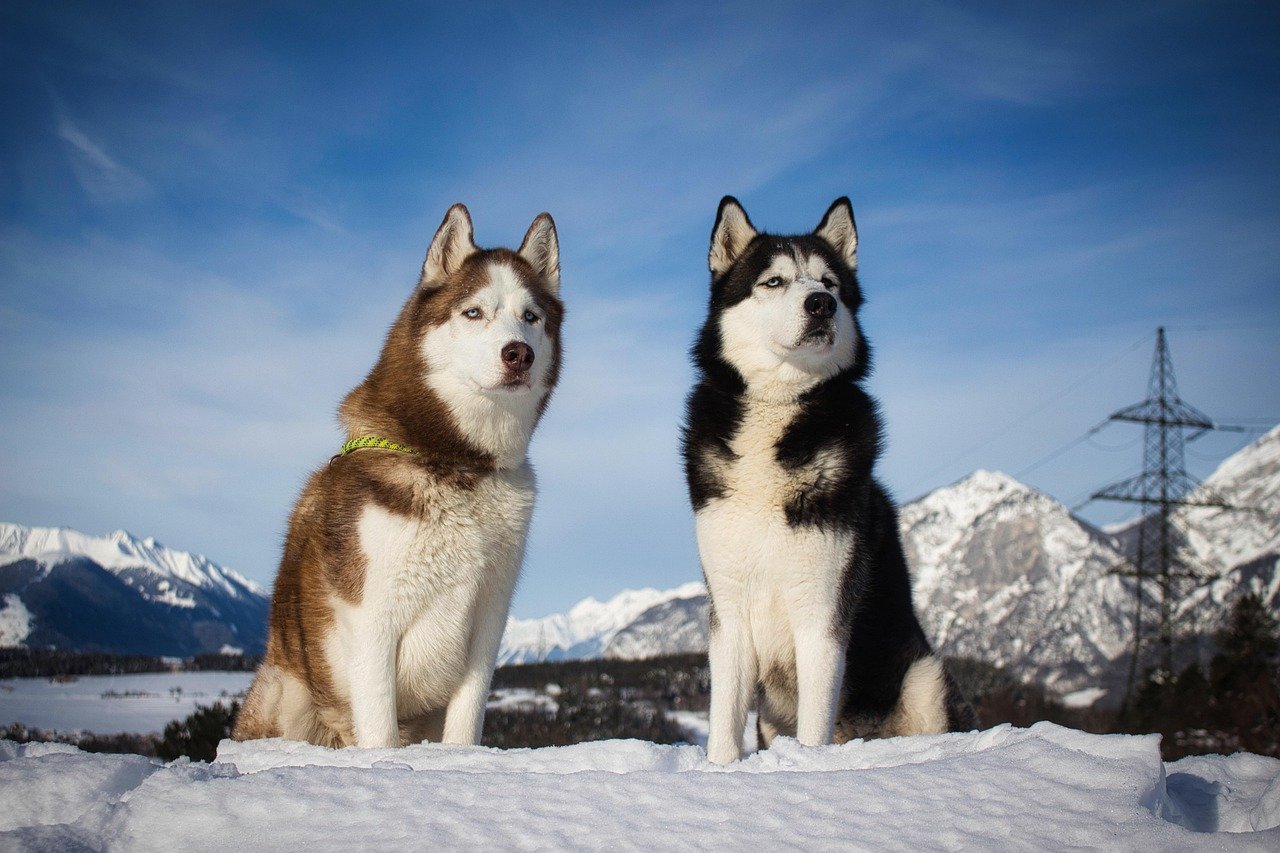
Siberian Huskies are famous for their stunning blue eyes and infectious energy, but they’re not the easy-going pets many imagine. Bred to run for miles in harsh Arctic conditions, Huskies have boundless energy and need constant physical and mental stimulation. Left alone or under-exercised, they’re notorious for escaping—jumping fences, digging under barriers, or simply running off at the first opportunity. Their independent streak makes training a challenge, as they often prefer to do things on their own terms. Huskies shed heavily, especially during seasonal changes, and their thick coats require regular upkeep. They’re also known to be vocal, howling rather than barking, which can annoy neighbors. For families unprepared for their needs, a Husky quickly becomes a handful.
Belgian Malinois: The Workaholic Warrior
The Belgian Malinois is often mistaken for a German Shepherd, but they come with an even higher drive and intensity. These dogs are favored by police and military units for a reason—they have unstoppable energy, intelligence, and a work ethic that can easily overwhelm the average owner. Malinois thrive with constant tasks, challenging training, and high-level exercise; a bored Malinois can become destructive, anxious, or even aggressive. They’re highly sensitive and require a confident, experienced handler to bring out their best. Without a job to do, they’ll invent their own—often with disastrous results for your home and sanity. This breed truly isn’t suitable for casual pet owners or those with a laid-back lifestyle.
Tosa Inu: The Gentle Giant with a Tough Side
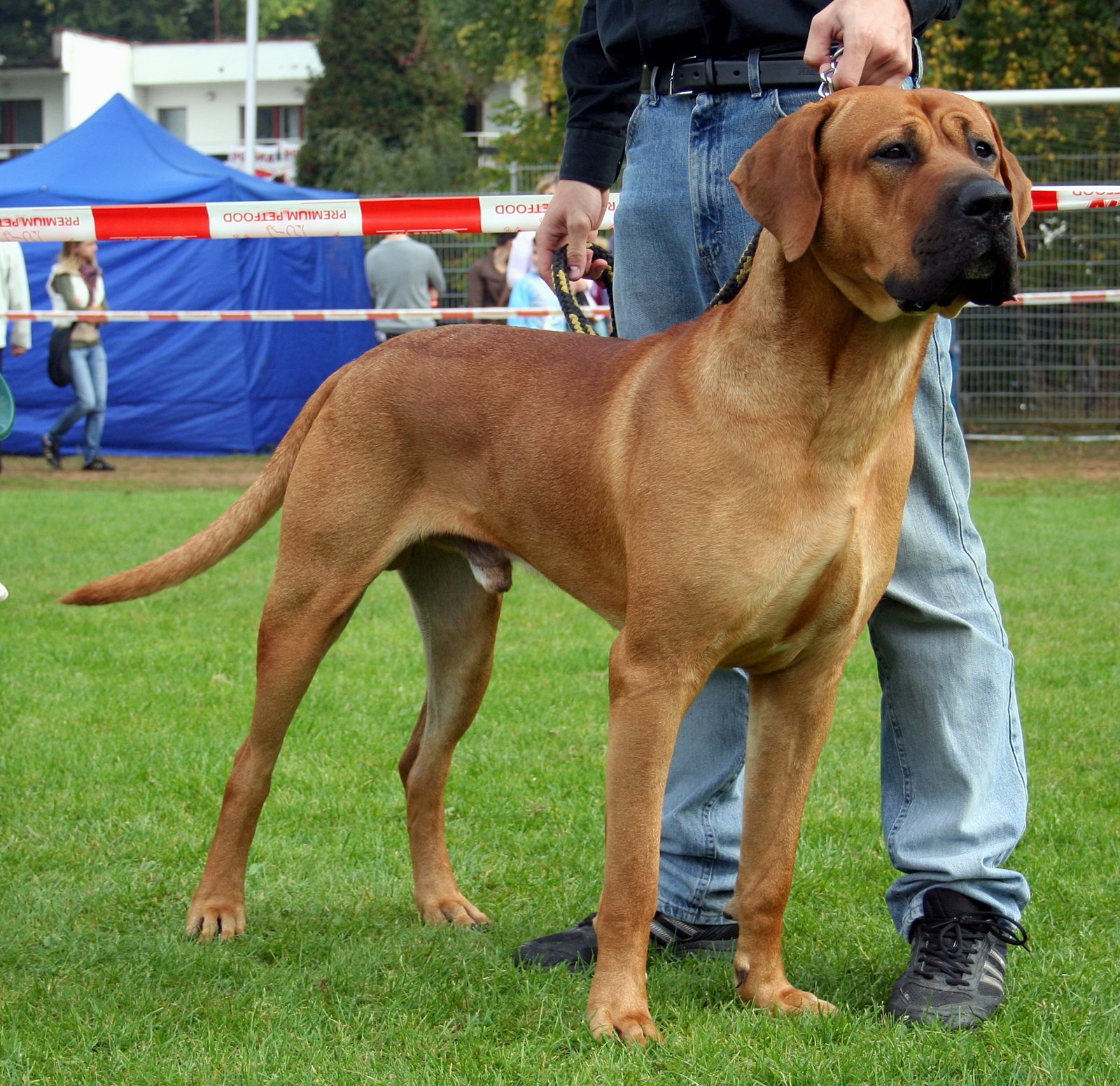
The Tosa Inu, also known as the Japanese Mastiff, is a rare and impressive breed. They were initially bred as fighting dogs, which means they have a powerful build and a calm, watchful temperament. However, their fighting heritage comes with challenges. Tosas require early, intensive socialization to prevent aggression towards other animals or strangers. They need a handler who can establish themselves as the clear leader, as Tosas are strong-willed and can be difficult to manage if not properly trained. In some countries, they’re restricted or banned outright due to their history. While they can be gentle with family, their sheer size and strength make them unsuitable for most households.
Wolfdog Hybrids: The Wild at Heart
Wolfdog hybrids, a mix between domestic dogs and wolves, are often romanticized for their wild beauty and intelligence. But owning a wolfdog is a massive responsibility that few people are prepared for. These animals retain many natural wolf instincts, including strong prey drives, territorial behaviors, and an unpredictable temperament. They require secure, specialized enclosures and constant supervision to ensure they don’t become a danger to themselves, other animals, or people. Wolfdogs are notoriously difficult to train, as their loyalty and affection don’t always extend to humans in the same way as domestic dogs. Many end up surrendered or euthanized when owners realize they can’t meet their complex needs. For most people, the dream of owning a piece of the wild quickly becomes a nightmare.
At the end of the day, every dog deserves love — but not every dog fits every lifestyle. Knowing which breeds might be a tough match helps ensure both you and your future pup are set up for a happy, stress-free life together. It’s all about finding a companion whose needs align with your own. The right match will bring out the best in both of you!

Esther is from India; the heartbeat of South Asia, holding a Master’s degree in Zoology and a postgraduate diploma in Animal Welfare. Her enthusiasm for animal welfare drives her passion and dedication to working for animals, ensuring their well-being, and advocating for their rights. With a solid academic background and hands-on experience, she is committed to making a positive impact in the field of animal welfare. In her free time, she enjoys embroidery and sewing. As a Chennaite from Tamil Nadu, Esther loves Bharathanatyam, an Indian classical dance form.

